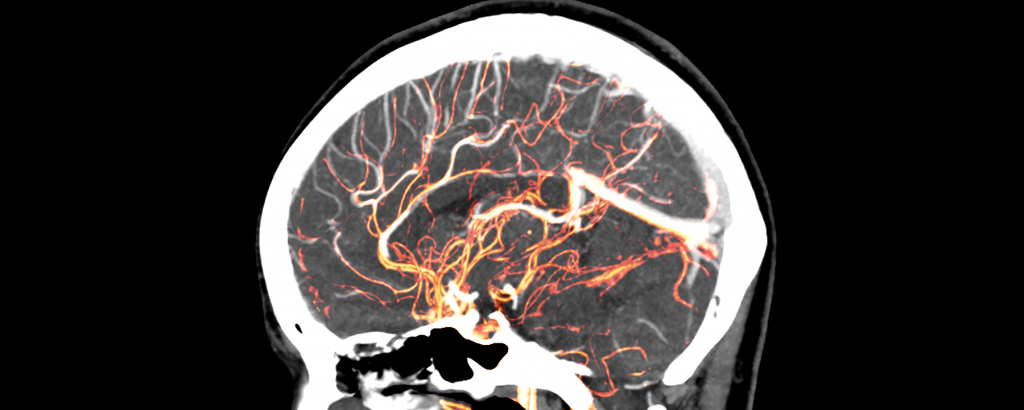Light has profound effects on human behaviour and physiology, from synchronizing sleep–wake cycles to inducing daily fluctuations in body temperature and energy metabolism. Our ability to see is mediated by a family of opsin proteins in the retina. When exposed to light, opsins modulate the flow of ions across neuronal membranes, ultimately activating the optic nerves1. In mammals, an opsin called opsin 5 (OPN5) is expressed in an unusual place — in neurons deep in the brain’s preoptic area2 (POA), which has a role in metabolism. Writing in Nature, Zhang et al.3 report a pathway by which OPN5 in the POA regulates heat production in mice. The authors’ findings open up the possibility of modulating metabolism by manipulating environmental light.
Zhang and colleagues first asked which neurons activate OPN5-containing POA cells in mice. They injected the POA with a tracer virus that selectively labels OPN5-containing neurons. The tracer is taken up by the nerves that send impulses to these cells, by the nerves that feed into them, and so on up the neuronal circuit. The authors found that OPN5-containing neurons receive input from multiple pools of neurons in the forebrain and brain stem.
These upstream neurons are all part of a circuit that senses changes in skin temperature and controls regulatory responses in a type of fat called brown adipose tissue (BAT). The main role of BAT is to generate heat, raising body temperature as it burns fuel. Heat production is stimulated by the neurotransmitter noradrenaline, which is released from neurons of the sympathetic nervous system in response to cold temperatures. Noradrenaline binds to β3-adrenergic-receptor proteins on the brown-fat cells, rapidly triggering fuel burning and robust heat production.
Zhang et al. next injected a tracer virus into the BAT. The tracer labelled the entire circuit of neurons upstream of the BAT, and confirmed that the OPN5-expressing neurons are part of the circuit that projects into BAT. The group found that these neurons express three neurochemicals: glutamate, pituitary adenylate cyclase-activating peptide and brain-derived neurotrophic factor. This combination has previously been shown to be characteristic of heat-sensitive neurons4.
The authors modulated the activity of the OPN5 neurons by engineering them to express synthetic excitatory or inhibitory ion-channel proteins, which, respectively, activate or inhibit neurons in response to an injected chemical. Stimulation of the excitatory channels rapidly and robustly reduced heat production by BAT, and so reduced core body temperature. These data indicate that the OPN5 neurons inhibit BAT activity (Fig. 1). By contrast, stimulation of the inhibitory channels increased core temperature…







